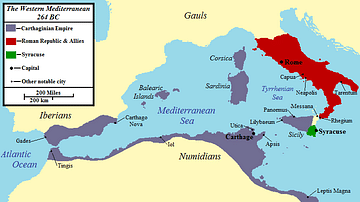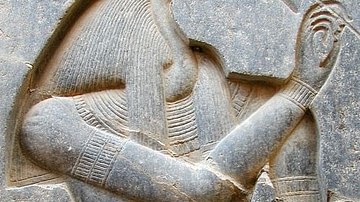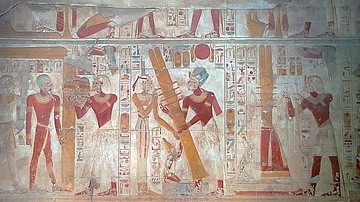Search
Remove Ads
Advertisement
Search Results

Video
Hermes and Loki and Tricksters Part 2: Crash Course World Mythology
In which Mike Rugnetta continues to teach you about tricksters. In this episode, we're talking about tricksters as culture heroes. Basically, a culture hero is someone whose creativity adds to their mythological culture. We'll learn how the...

Video
The Hero's Journey and the Monomyth: Crash Course World Mythology #25
Let's get Heroic with Mike Rugnetta. This week on Crash Course World Mythology, we're talking about the Hero's Journey and the Monomyth, as described by Joseph Campbell. Campbell's theories about the shared qualities of human story telling...

Video
The 17th Century Crisis: Crash Course
The 17th Century CE in Europe was pretty rough in a lot of ways. The Thirty Years War involved a lot of countries, and a lot of battles, and it was terrible for everyone involved, as wars have aa historical tendency to be. At the same time...

Video
The Epic of Gilgamesh: Crash Course World Mythology #26
This week, we're continuing our discussion of heroes by talking about Gilgamesh, star of one of the earliest written hero stories, The Epic of Gilgamesh. Gilgamesh was a terrible ancient king who left his kingdom seeking adventure, and eventually...

Image
Weighing the Heart, Book of the Dead
Weighing of the heart scene, with Ammit, the 'Devourer of the Damned' sitting, from the Egyptian Book of the Dead of Hunefer, Egypt, 19th Dynasty.
The British Museum, London.

Image
The Western Mediterranean 264 BCE
Map of the western Mediterranean at the time of the First Punic War in 264 BCE.

Image
Map of the Two North American Voyages of Henry Hudson
Map of the two North American voyages of Henry Hudson (c. 1570-1611). The route of the first voyage is shown in red, the second in purple.

Image
Thoth, Luxor Relief
A relief carving of the Egyptian god Thoth from the throne back of a seated statue of Ramesses II (1279-1213 BCE), Luxor.

Image
Djed Pillars, Hall of Osiris, Abydos
A scene from the Hall of Osiris at Abydos which shows the raising of djed pillars, symbols of stability.

Image
Seshat, Luxor Temple
A relief from the back of the throne of a seated statue of Ramesses II depicting the Egyptian goddess of writing Seshat. 13th century BCE, Luxor Temple, Egypt.